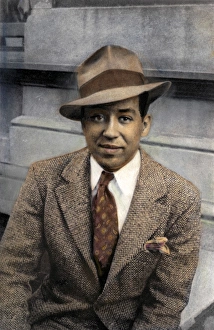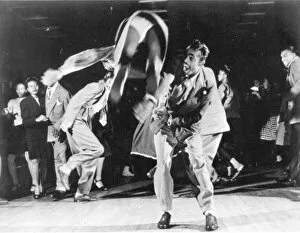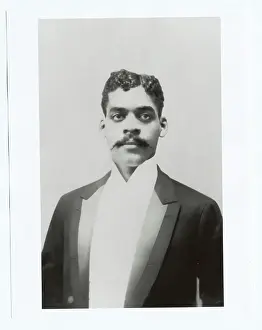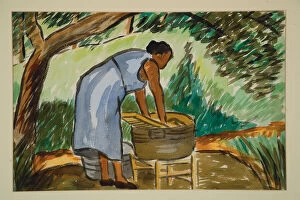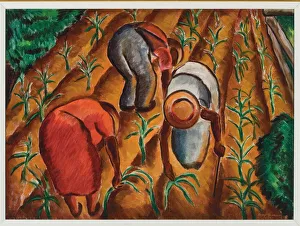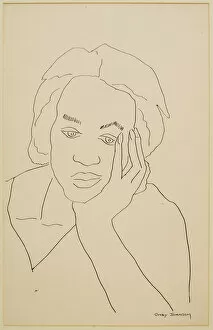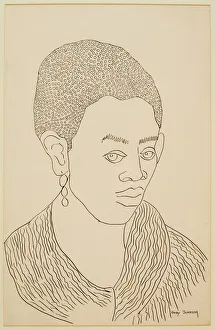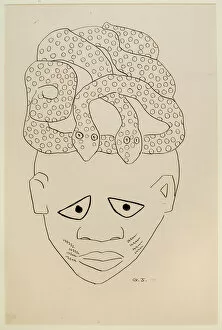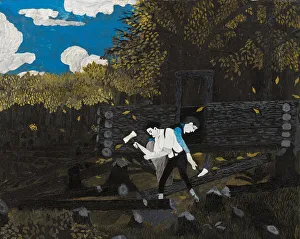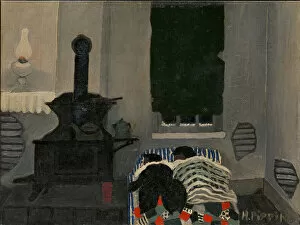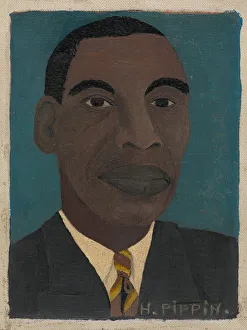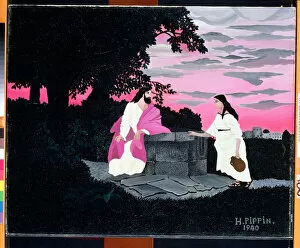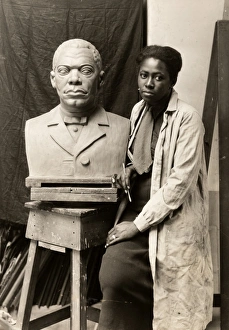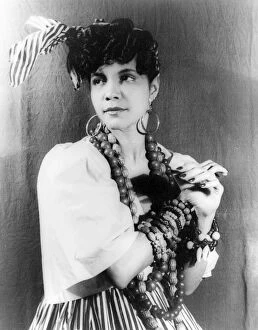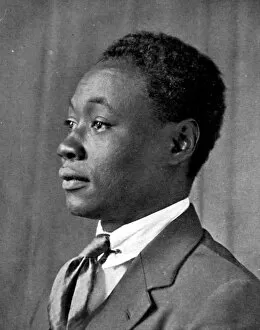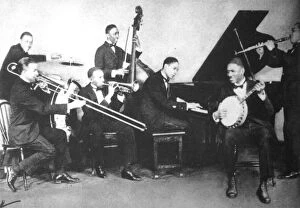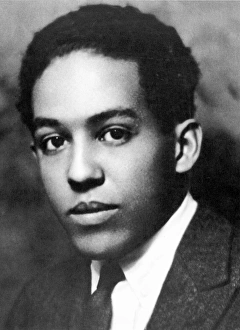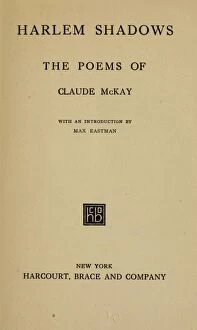Harlem Renaissance Collection
The Harlem Renaissance: A Cultural Revolution Unveiled Step into the vibrant world of the Harlem Renaissance, a period that ignited an explosion of African American art
All Professionally Made to Order for Quick Shipping
The Harlem Renaissance: A Cultural Revolution Unveiled Step into the vibrant world of the Harlem Renaissance, a period that ignited an explosion of African American art, literature, and music in the early 20th century. This captivating movement brought forth voices that had long been silenced, reshaping America's cultural landscape forever. One of the prominent figures during this era was Langston Hughes, an influential American writer whose words resonated with truth and power. In Carl Van Vechten's oil-over-photograph portrait from 1939, we catch a glimpse of Hughes' enigmatic spirit captured on canvas. His work became a beacon for those seeking to express their experiences as African Americans in a racially divided society. As we venture further into this transformative time, we encounter Jitterbuggers at the Savoy Ballroom in New York City circa 1939. The energy is palpable as dancers glide across the floor with grace and rhythm. Their movements embody freedom and joy amidst adversity—a testament to how art can transcend boundaries. Gordon Parks immortalizes Langston Hughes through his lens in 1943. The photograph captures Hughes' contemplative gaze—an introspective moment frozen in time. It serves as a reminder of his profound impact on both literature and civil rights activism. Artistic expressions take various forms within this renaissance; watercolor paintings like "Woman Washing" transport us to intimate domestic scenes filled with tenderness and resilience. Meanwhile, Uncle Joe's stoic presence depicted in oil on canvas evokes strength rooted deep within African American heritage. Amidst these visual narratives emerge landscapes such as "Thinning Corn, " where rural life intertwines with artistic representation—nature becoming a backdrop for storytelling through paintbrush strokes. Ink sketches like "Study of a Girl #2" and "Study of a Girl with Earring" unveil delicate portraits capturing individuality while challenging societal norms surrounding beauty standards at that time. The Harlem Renaissance was not confined to American soil alone.

